How Does Blockchain Work? A Complete Guide for 2025

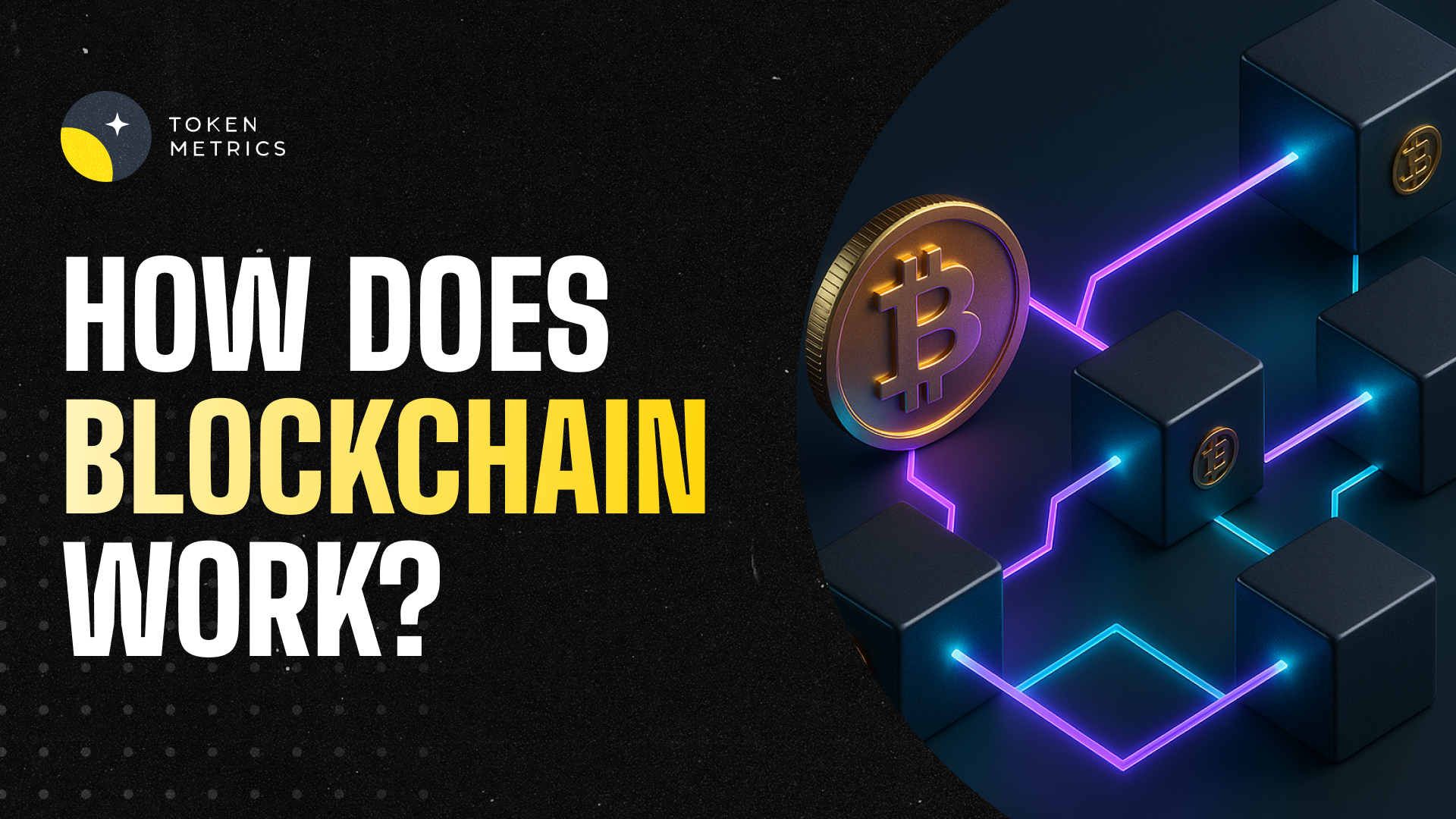
Table of contents
Introduction to Blockchain Technology
Blockchain is the foundation of modern cryptocurrency and one of the most transformative technologies of the digital age. Initially created to support Bitcoin, blockchain has expanded into countless use cases, from decentralized finance (DeFi) to supply chain tracking, real-world asset tokenization, and artificial intelligence (AI) integration.
In 2025, understanding how blockchain works is essential—not just for crypto investors but for anyone navigating the evolving digital economy. This article explains the structure, components, and applications of blockchain in simple terms and explores how platforms like Token Metrics use blockchain data to help investors make smarter decisions.
What Is Blockchain?
At its core, blockchain is a distributed digital ledger that records transactions across a network of computers. Unlike traditional databases controlled by a single entity, blockchain operates on a decentralized network, making it secure, transparent, and tamper-resistant.
Each entry in this ledger is grouped into a “block,” and these blocks are linked (or chained) together in chronological order—hence the name blockchain.
Key Features of Blockchain
- Decentralization:
No single entity controls the network. Instead, multiple participants (called nodes) maintain the ledger. - Transparency:
Transactions are visible to all participants, increasing accountability and reducing fraud. - Immutability:
Once data is recorded on a blockchain, it cannot be altered or deleted. - Security:
Blockchain uses cryptography to secure transactions and protect user identities.
How Blockchain Works: Step-by-Step
- Transaction Creation:
A blockchain process begins when someone initiates a transaction, such as transferring cryptocurrency or executing a smart contract. - Verification by Nodes:
The transaction is broadcast to a network of computers (nodes). These nodes verify its validity using consensus mechanisms like Proof of Work (PoW) or Proof of Stake (PoS). - Block Creation:
Once verified, the transaction is bundled with others into a block. - Adding the Block to the Chain:
The block is cryptographically linked to the previous one, creating an unbroken chain of data. - Consensus & Finalization:
The network reaches consensus, confirming the block as part of the permanent ledger.
Consensus Mechanisms: How the Network Agrees
Consensus mechanisms are protocols that ensure all nodes agree on the state of the blockchain.
- Proof of Work (PoW):
Used by Bitcoin, this method involves miners solving complex puzzles to validate transactions. - Proof of Stake (PoS):
Used by Ethereum and many other blockchains in 2025, this energy-efficient model requires validators to stake tokens as collateral for transaction verification. - Other Models:
Variants like Delegated Proof of Stake (DPoS) and Proof of Authority (PoA) aim to balance efficiency with security.
Components of a Blockchain
- Blocks:
Contain transaction data, a timestamp, and a cryptographic hash. - Nodes:
Computers that maintain and validate the blockchain. - Smart Contracts:
Self-executing agreements coded directly onto the blockchain. - Cryptographic Keys:
Digital signatures that authenticate participants and secure transactions.
Public vs. Private Blockchains
- Public Blockchains:
Open networks like Bitcoin and Ethereum allow anyone to participate. - Private Blockchains:
Restricted networks used by enterprises for applications like supply chain management.
In 2025, hybrid models combining public and private features are increasingly popular for balancing transparency with privacy.
Applications of Blockchain in 2025
- Cryptocurrencies:
The primary use case remains facilitating peer-to-peer transactions with coins like Bitcoin, Ethereum, and Token Metrics AI (TMAI). - Decentralized Finance (DeFi):
Platforms for lending, borrowing, and trading without intermediaries. - Real-World Assets (RWAs):
Tokenizing physical assets like real estate or commodities. - AI & Analytics:
Platforms like Token Metrics use blockchain data to deliver AI-powered investment insights. - Supply Chain Management:
Tracking goods transparently from production to delivery. - Identity Management:
Blockchain secures personal identities and reduces fraud in digital interactions.
Benefits of Blockchain
- Enhanced Security:
Blockchain’s cryptographic design makes it nearly impossible to hack or alter. - Reduced Costs:
Eliminates intermediaries, cutting transaction fees and operational expenses. - Improved Efficiency:
Enables faster transactions, especially with PoS blockchains. - Global Accessibility:
Anyone with an internet connection can participate in public blockchain networks.
Challenges Facing Blockchain
- Scalability:
Handling large transaction volumes remains an issue for many networks. - Regulatory Uncertainty:
Governments are still determining how to regulate blockchain-based assets. - Energy Consumption:
Though PoS reduces energy use, PoW blockchains still face environmental concerns. - Adoption Barriers:
Enterprises and individuals need more education and tools for blockchain integration.
How Token Metrics Uses Blockchain Data
Platforms like Token Metrics take blockchain a step further by:
- Analyzing On-Chain Data: Evaluating wallet activity, transaction volumes, and developer engagement.
- AI-Driven Ratings: Scoring tokens based on over 80 data points, from technical performance to sentiment analysis.
- Portfolio Optimization: Helping investors build and manage blockchain-based portfolios effectively.
By combining blockchain transparency with AI-powered analytics, Token Metrics provides a comprehensive view of crypto investments.
Practical Tips for Understanding Blockchain
- Experiment with Wallets:
Set up a wallet to explore how transactions work firsthand. - Use Blockchain Explorers:
Platforms like Etherscan let you view transactions in real-time. - Follow Blockchain Projects:
Stay updated on leading networks like Ethereum, Polygon, and Token Metrics AI (TMAI). - Leverage Analytics Tools:
Use Token Metrics to interpret complex blockchain data in an investor-friendly way.
The Future of Blockchain
In 2025, blockchain continues to evolve beyond cryptocurrencies. With advances in scalability solutions, real-world asset tokenization, and AI integration, blockchain is shaping the next generation of financial systems, digital identity solutions, and decentralized applications.
As enterprises, governments, and investors adopt blockchain, its role in the digital economy will only grow.
Conclusion
Blockchain is more than a buzzword—it’s a transformative technology driving innovation across industries. By understanding how blockchain works—its structure, consensus mechanisms, and applications—you can better navigate the crypto market and the broader digital landscape.
Platforms like Token Metrics make blockchain analysis accessible and actionable, offering AI-driven insights to help investors capitalize on this rapidly expanding technology. In 2025, mastering blockchain fundamentals isn’t just helpful—it’s essential for participating in the future of finance and digital ownership.

Create Your Free Token Metrics Account




Create Your Free Token Metrics Account





.png)
Power your platform with Token Metrics API
Access real-time crypto data, analytics, and grades.
Get Your Free API KeyCreate Your Free Token Metrics Account


Create Your Free Token Metrics Account













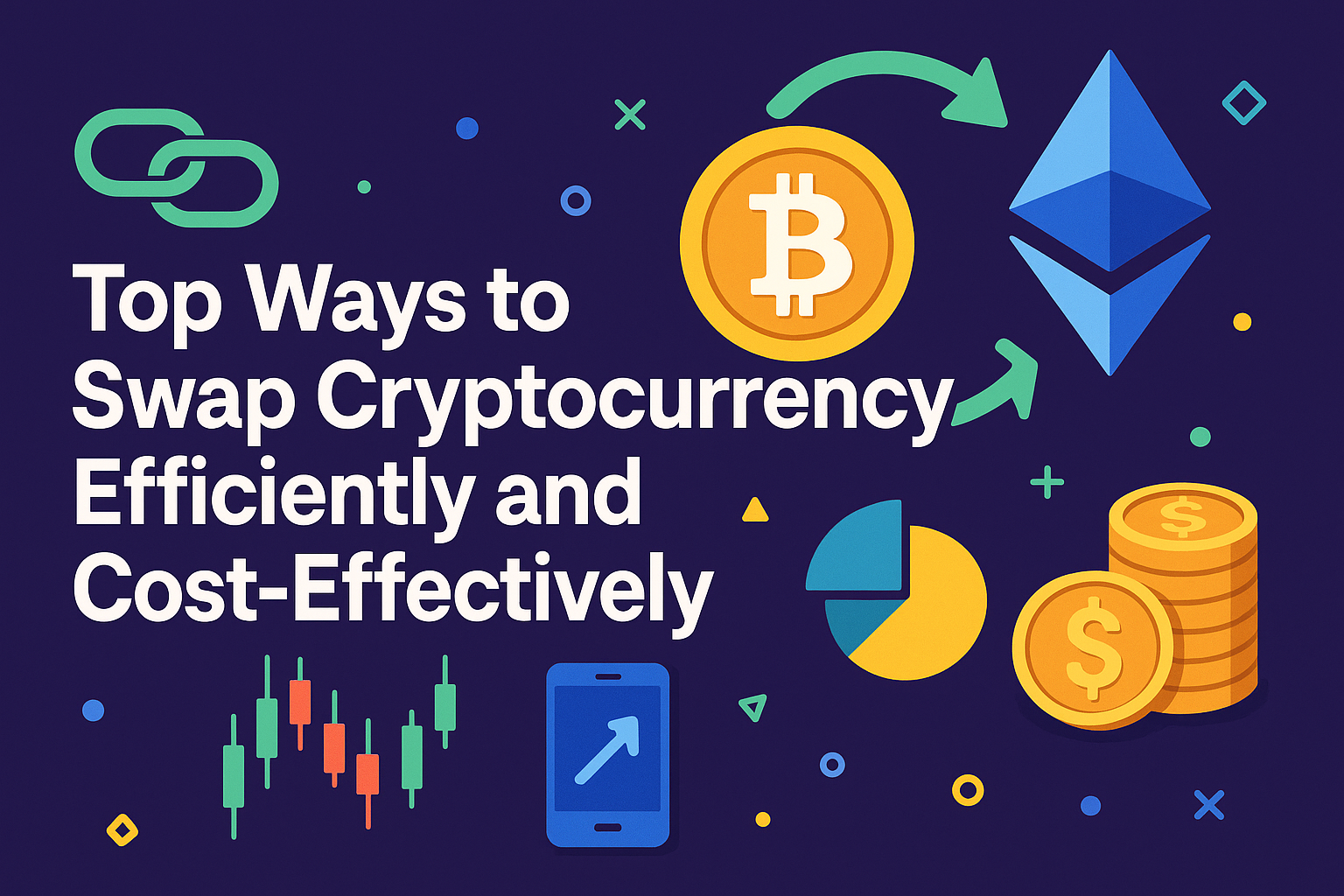
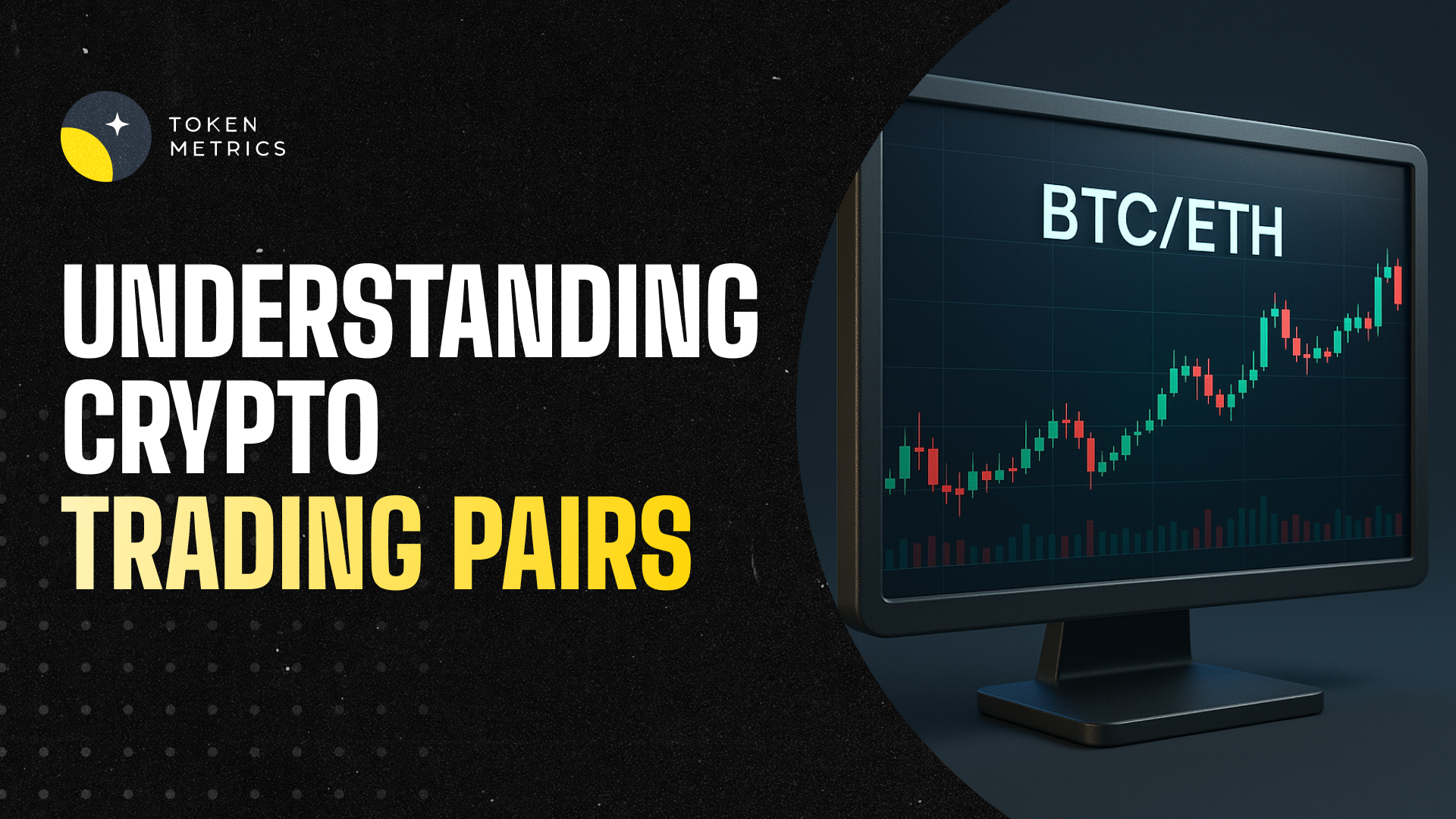
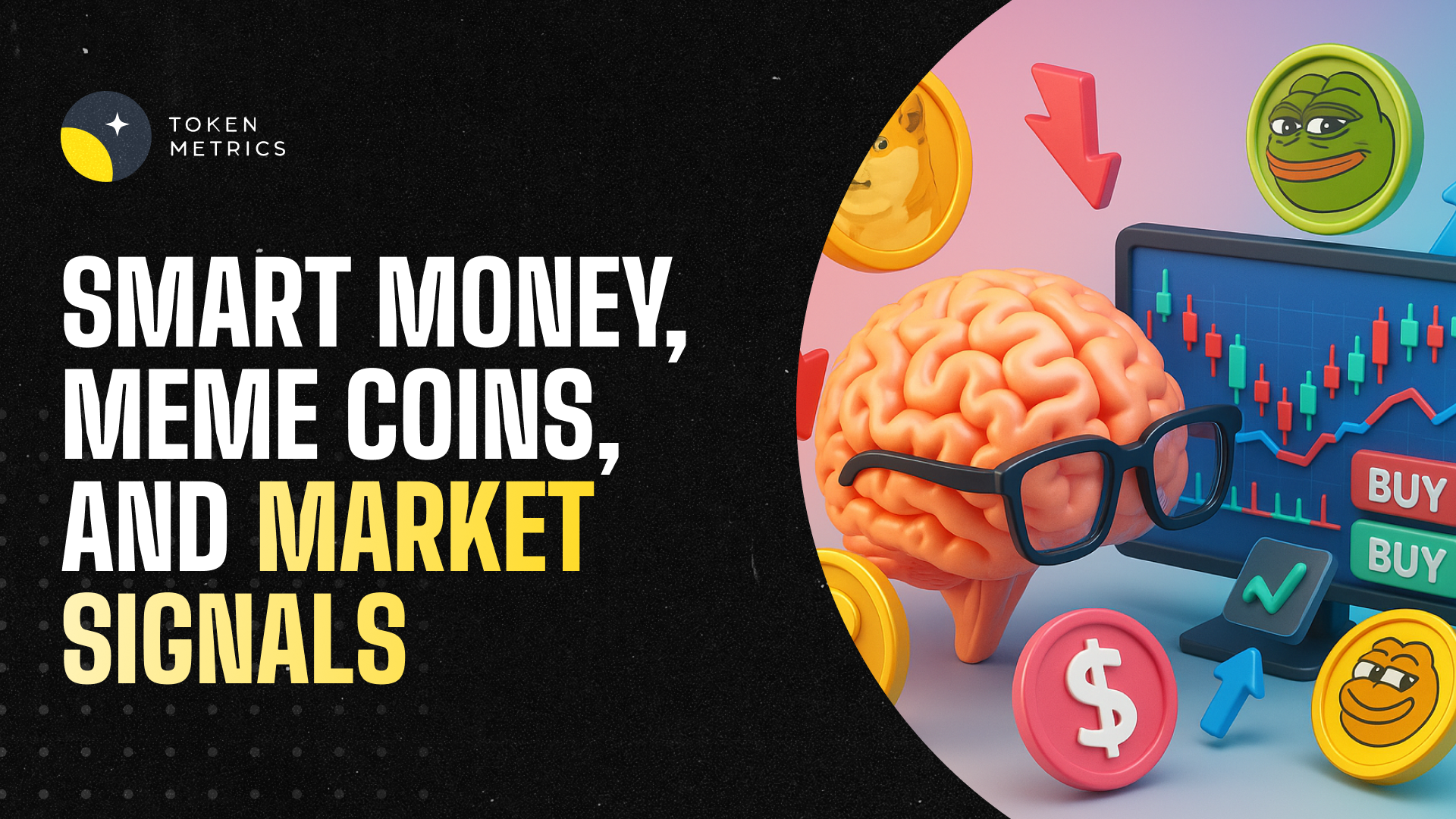
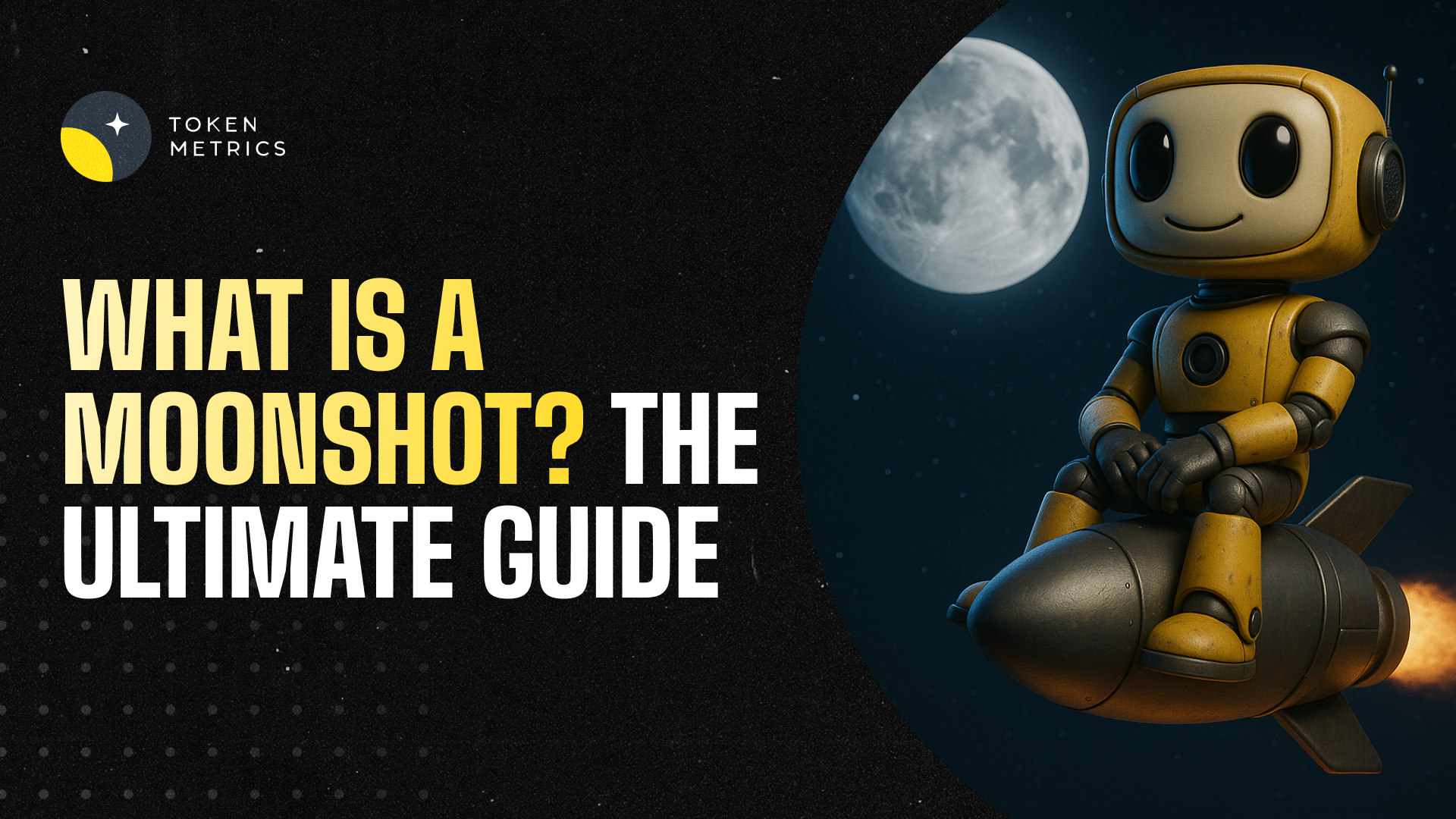
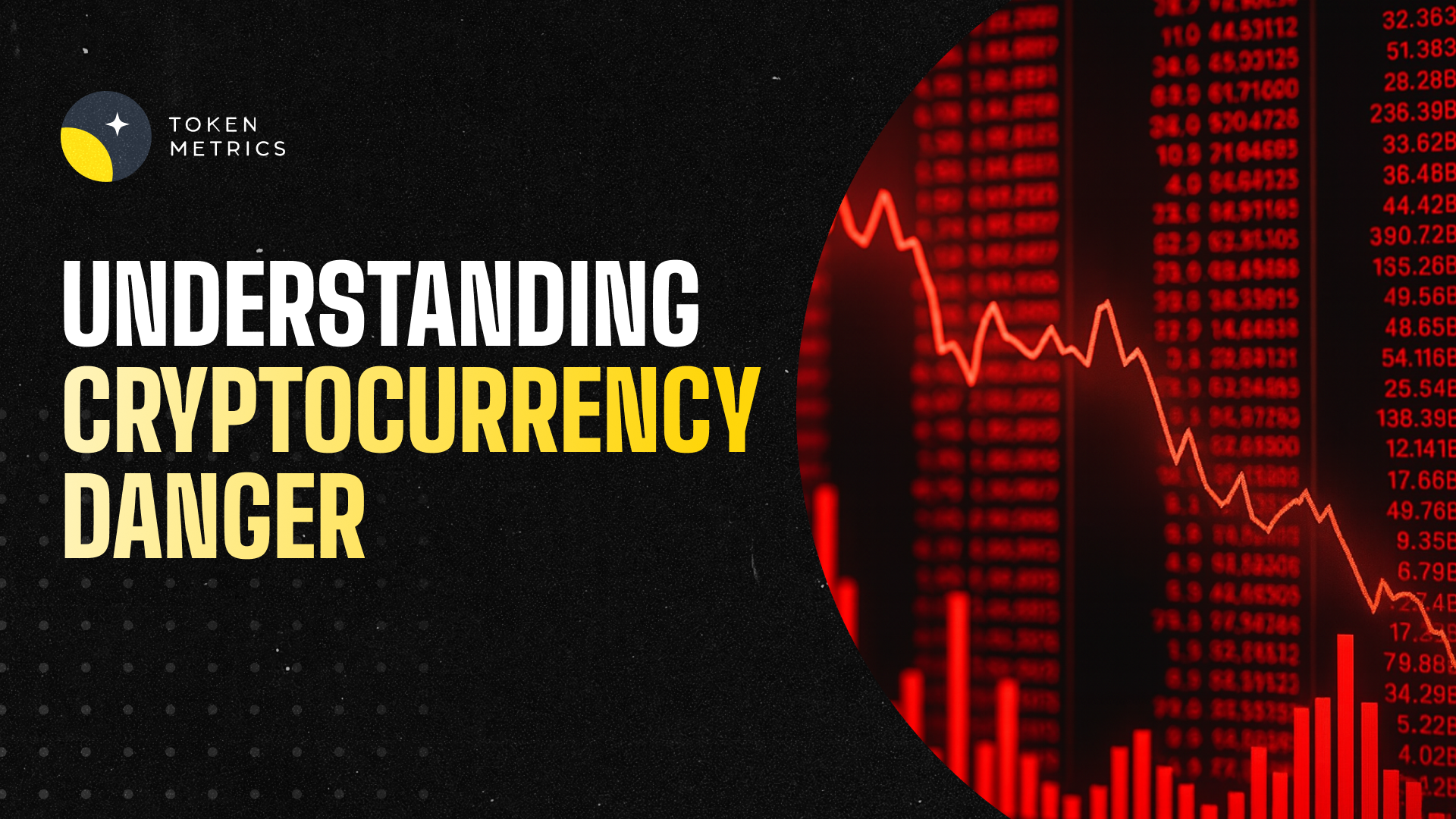
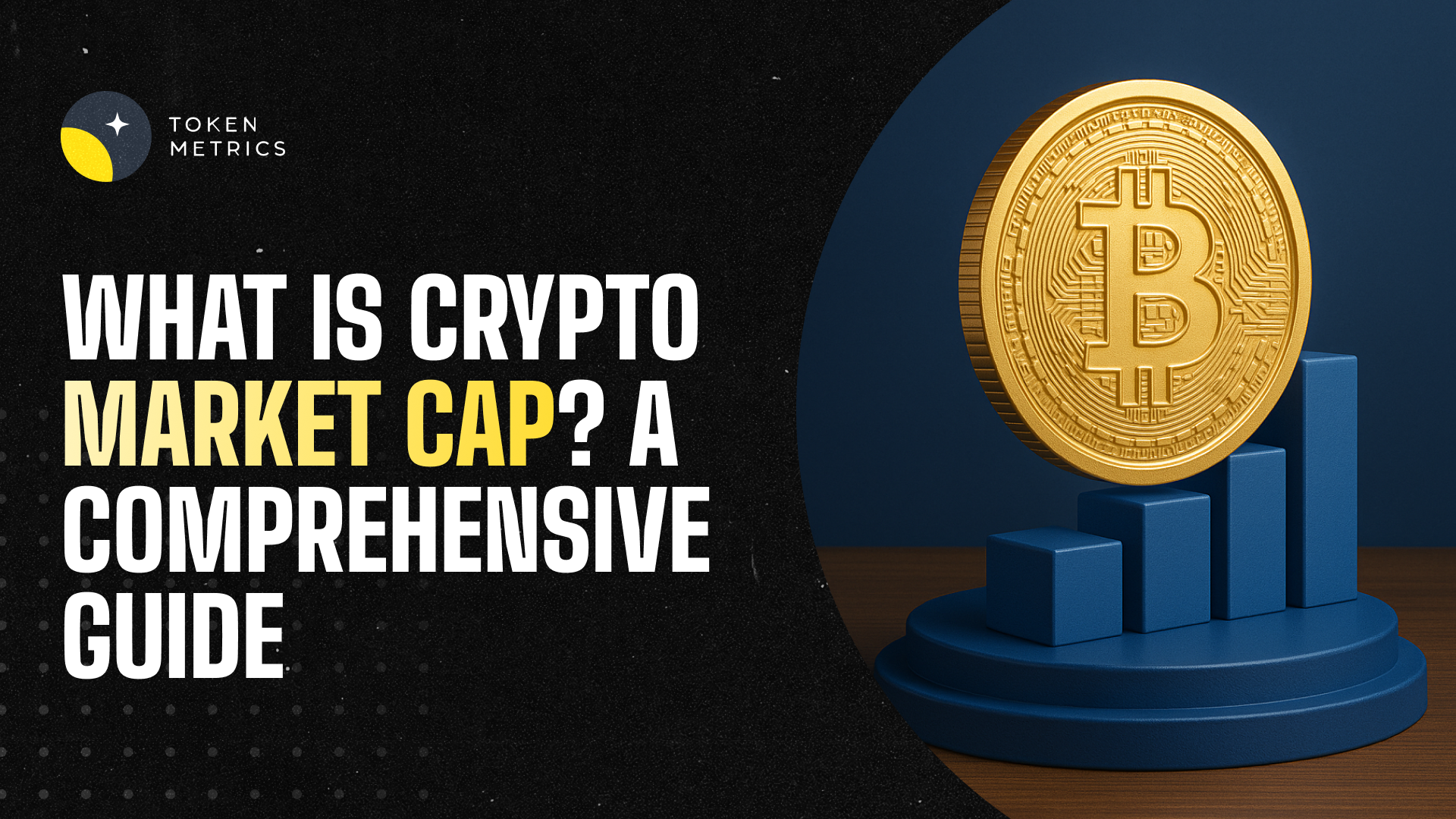

.svg)




.png)